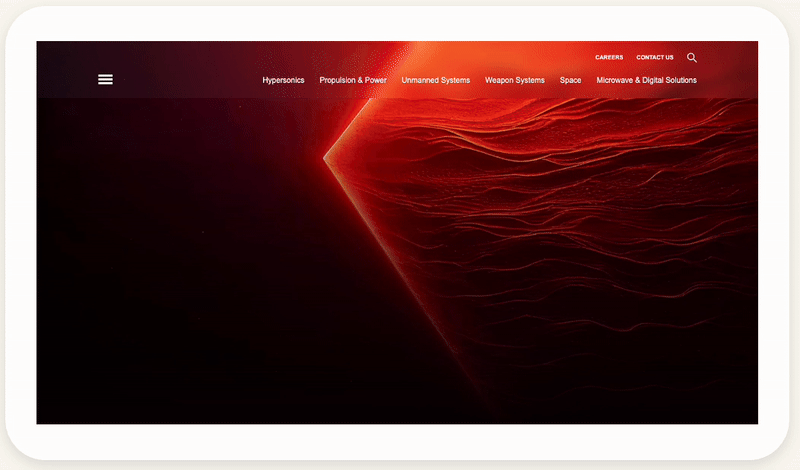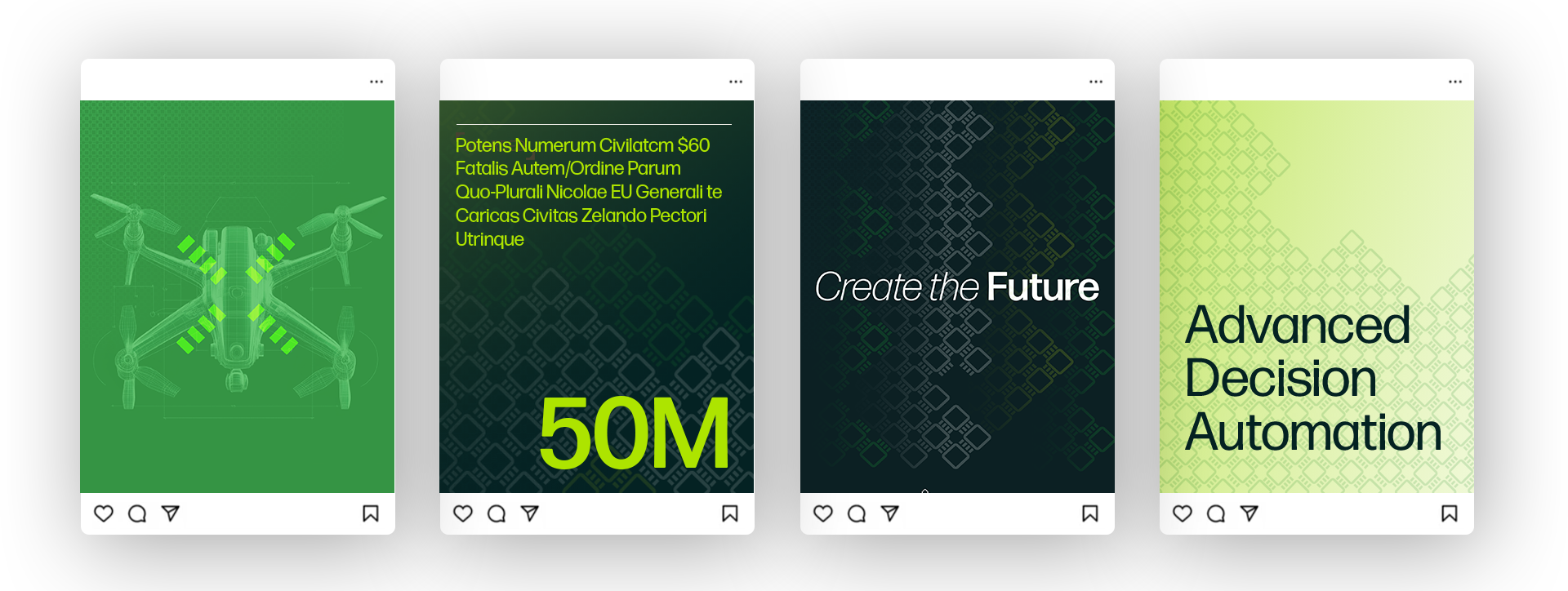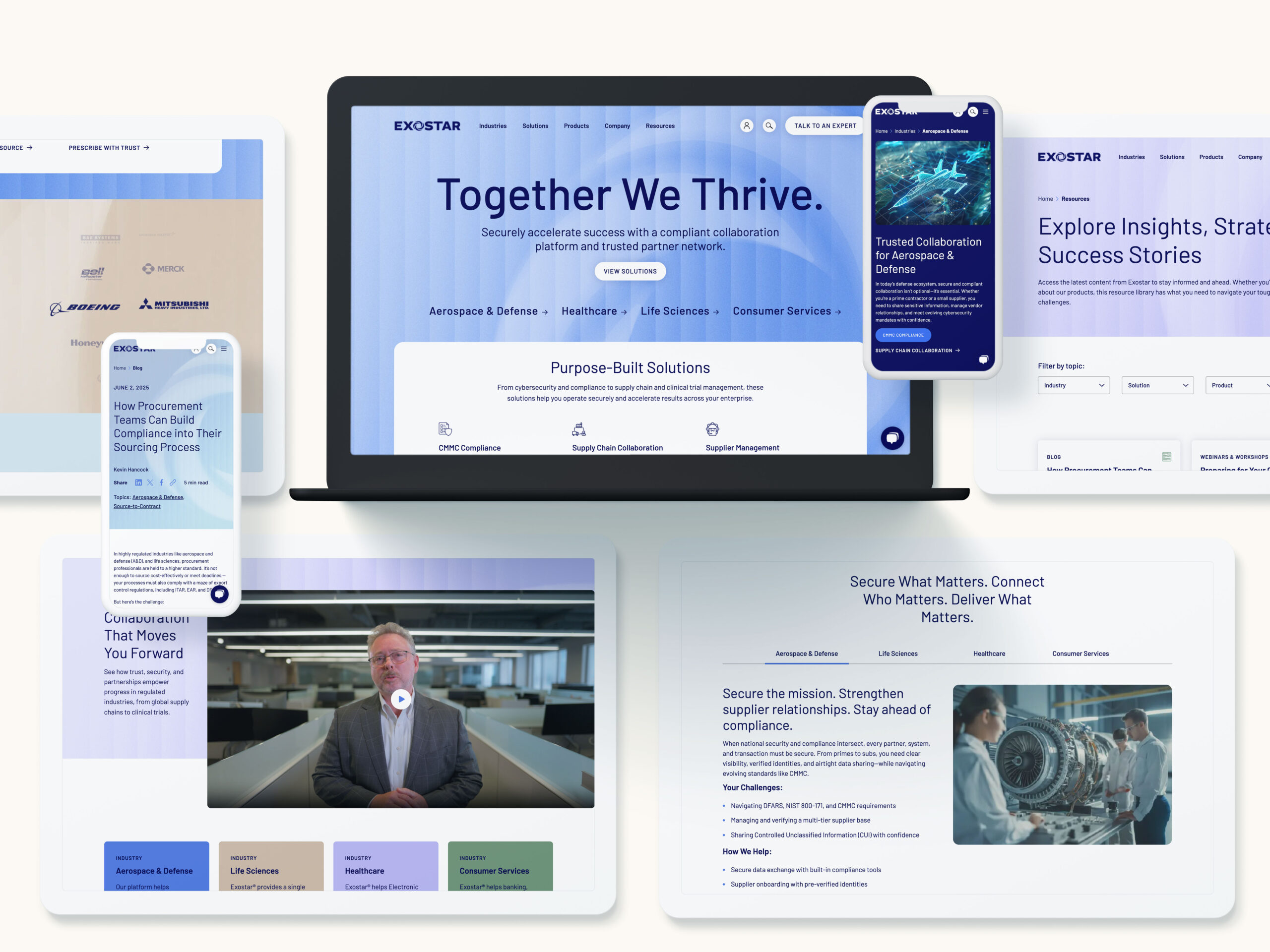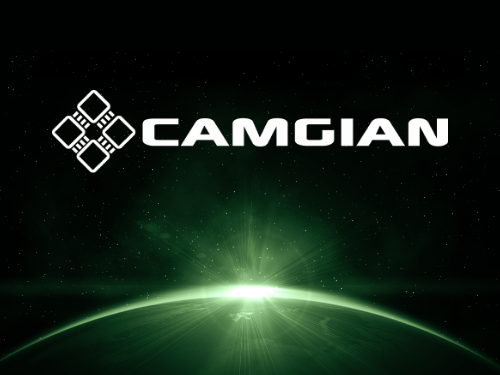In B2G marketing, one-size-fits-all approaches are no longer enough. Government procurement processes are complex, multi-layered, and highly regulated, involving diverse stakeholders from contracting officers to program managers to end users. To succeed, marketers must embrace B2G personalization—strategically tailoring content and messaging that speaks directly to each decision-maker, without crossing ethical or regulatory boundaries.
When done correctly, personalization in B2G isn’t about flashy gimmicks or invasive targeting—it’s about relevance, trust, and clarity. Agencies respond best when content demonstrates a clear understanding of their mission, priorities, and pain points. Marketers who master this approach can influence procurement decisions, build stronger relationships, and ultimately increase win rates on RFPs.
Understanding the B2G Procurement Landscape
Government procurement is inherently complex. Each contract often involves a network of stakeholders, each with unique priorities:
- Contracting officers oversee compliance, budgets, and timelines.
- Program managers focus on technical requirements, implementation feasibility, and outcomes.
- Technical evaluators and end users scrutinize usability, interoperability, and functionality.
Marketing without this insight risks producing generic content that falls flat. Successful B2G personalization starts by mapping these roles and understanding when and how each interacts with your messaging.
Equally critical is recognizing the regulatory environment. The Federal Acquisition Regulation (FAR) and agency-specific ethical guidelines dictate what marketers can and cannot communicate. Personalization must operate within these guardrails, leveraging publicly available information and research to craft meaningful engagement.

Personalization in B2G—What It Is and What It’s Not
Personalization in B2G marketing is not consumer-style microtargeting. It’s a strategic, research-driven approach:
- What it is: Tailoring messaging based on agency priorities, procurement stage, and stakeholder role.
- What it isn’t: Using invasive data tracking, scraping private information, or attempting to influence decisions unethically.
Compliant personalization leverages public data: agency websites, budget reports, RFP histories, FOIA-accessible records, and professional networks. For example, when marketing an IT modernization solution, contracting officers may prioritize cost control, while program managers value interoperability and risk mitigation. The same solution can be framed differently depending on the stakeholder, ensuring your content resonates at every level.
Tactics for Tailored Content That Influences Procurement Decisions
1. Role-Based Content Mapping
Develop content for each stakeholder’s unique questions and priorities. Examples include:
- Technical whitepapers for evaluators
- ROI calculators for financial reviewers
- Solution briefs emphasizing mission alignment for program managers
2. Agency-Specific Messaging
Research the mission, mandate, and ongoing initiatives of your target agency. Tailor your content to demonstrate how your solution supports their objectives, not just your product features.
3. Bid Cycle Timing
The timing of your engagement matters. Thought leadership pieces can educate early in the procurement cycle, while targeted solution demos or case studies provide actionable proof when RFPs are active.
4. Content Formats That Resonate
Use formats that engage stakeholders efficiently:
- Interactive case studies demonstrating measurable outcomes
- Webinars with subject matter experts to address technical questions
- Capability briefs highlighting relevant prior projects
The goal is to provide proof of performance that builds trust and confidence among decision-makers.

Leveraging Data—Within Ethical & Regulatory Bounds
Marketers can use data ethically to enhance personalization. Useful sources include:
- SAM.gov opportunity listings and historical contracts
- Agency budget and strategy reports
- Public remarks or statements from agency leadership
- Industry research and public surveys
Tools like CRM platforms, analytics dashboards, and AI-driven insights can help map stakeholder journeys without violating compliance standards. The key is using data to understand needs and priorities, not to bypass ethical guidelines.
Measuring the Impact of B2G Personalization
Tracking the effectiveness of personalized campaigns is critical. Metrics to monitor include:
- Increased engagement from targeted agencies
- Shorter education-to-conversion timelines for procurement decisions
- Higher win rates on RFPs where tailored content was deployed
Feedback loops, such as surveys or post-award debriefs, provide actionable insights to refine messaging and improve future campaigns.

The Future of Personalization in B2G Procurement
AI and generative engines are changing the landscape. Within compliance, these technologies can:
- Enhance stakeholder insights by analyzing publicly available data trends
- Optimize content for discoverability in AI-driven search (Generative Engine Optimization, or GEO)
- Enable omnichannel engagement, combining digital, in-person, and virtual touchpoints
The future belongs to marketers who balance technology with strategy, delivering personalized messaging that resonates across every stakeholder and procurement stage.
Driving Meaningful Stakeholder Engagement in B2G
B2G personalization is about more than customized messaging—it’s a strategic approach that aligns content, timing, and stakeholder needs while staying compliant and ethical. When marketers apply these principles, they gain:
- Stronger relationships with procurement stakeholders
- Increased trust and credibility
- Better outcomes on bids and contract awards
Bluetext helps B2G marketers navigate the intersection of personalization and procurement with strategies that work. Contact us to craft campaigns that resonate with your stakeholders.





